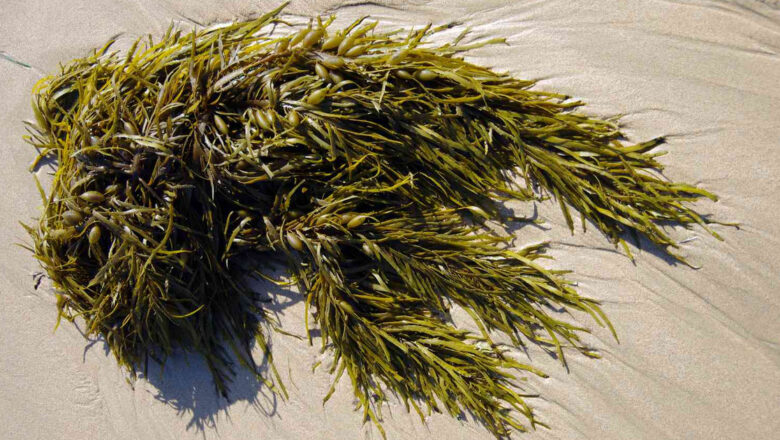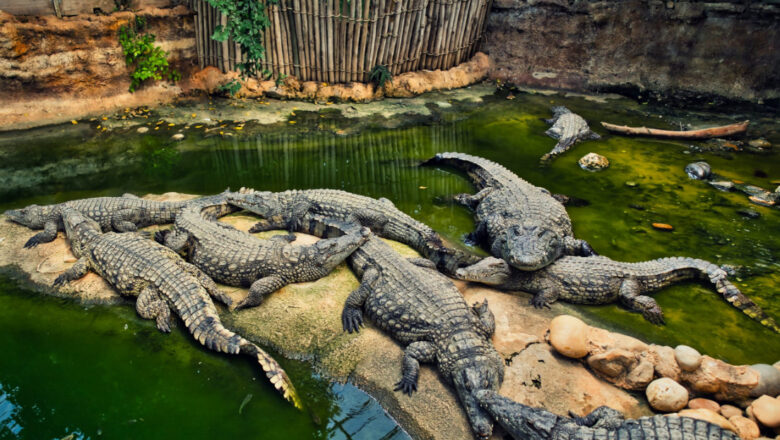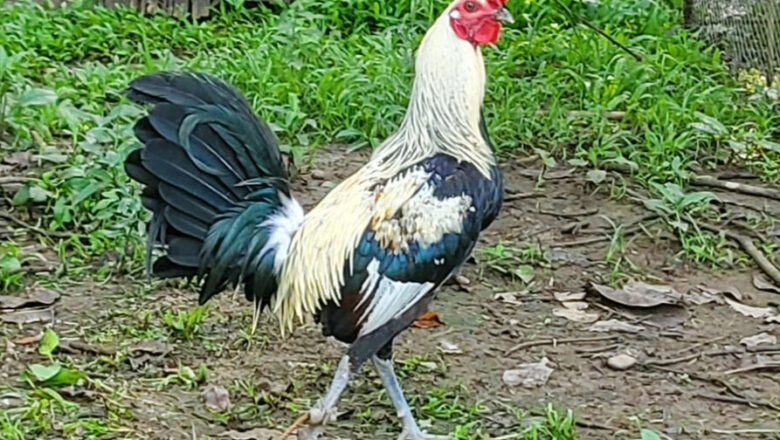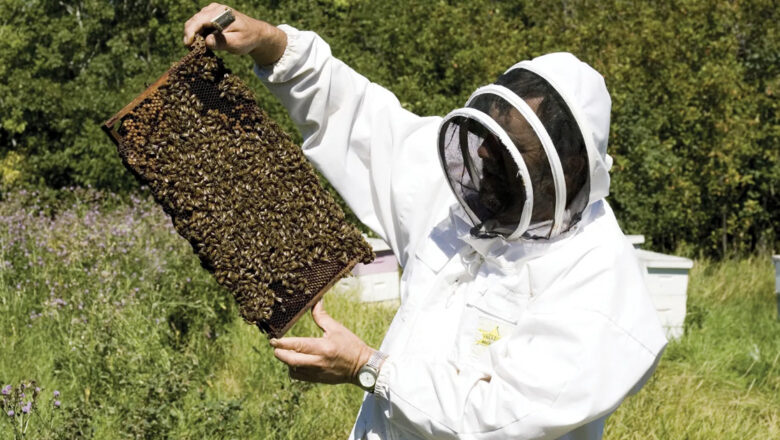
Angora Goat Breed Profile and Characteristics
The Angora goat, also known as the Tibetan goat, is a goat breed native to Kashmir and Tibet. It was later introduced to Turkey and Asia Minor. The Angora goat is a small goat (35 to 50 kilograms), very resistant, and well-adapted to arid regions.
The coat is white with long, silky, and shiny strands. Hair grows at about 2.5 centimeters per month and is used to make mohair wool. Globally, the main Angora goat farming areas are in Turkey, South Africa, Argentina, and Australia.
The Angora goat is larger and stronger than the European goat, and it differs especially in its strong horns, which are horizontally twisted and have sharp fringes. This breed's name (as well as the Angora rabbit and Angora cat) was derived from the ancient name of the current capital of Turkey, Ankara—Ango...









